Clipart tagged: ‘aperture’
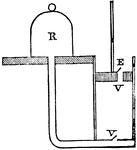
Air Pump
"The air pump is an engine by which the air can be pumped out of a vessel, or withdrawn from it. The…
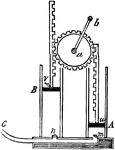
Air Pump
"The piston rods are furnished with racks, or teeth, and are worked by the toothed wheel a, which is…
Drum armature
"The drum armature differs from the shuttle armature chiefly in that it employs many coils instead of…

Bamboo
"Section of Bamboo, showing an angular network of cells, and the round apertures of pitted vessels."…

Camera Obscura
"Camera obscura strictly signifies a darkened chamber, because the room must be darkened, in order to…
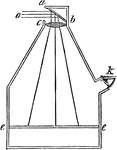
Camera Obscura
"Camera obscura strictly signifies a darkened chamber, because the room must be darkened, in order to…
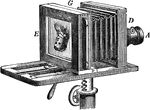
Bellows Camera
"The photographer's camera corresponds to the camera-obscura. A darkened box, adjustable in length,…
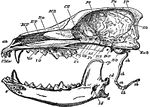
Dog Skull
"Longitudinal and Vertical section of the skull of a dog, with mandible and hyoid arch. an, anterior…

Liphistius Desultor
"Liphistius desultor. Under side of the uplifted genital or first opisthosomatic somite of the female;…
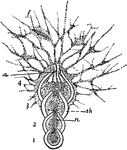
Nodosaria
"A compound foraminiferan, Nodosaria. a, aperture of shell; f, food particles captured by the strands…

Solar Spectrum
"Solar Spectrum.—If a ray, proceeding from the sun, be admitted into a darkened chamber, through…

Thelyphonus assamensis
"Thelyphonus assamensis, Ventral surface of the anterior region of the opisthosoma, the first somite…
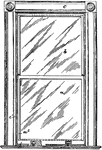
Interchangeable Window Sash and Screen
A sash window is made of one or more movable panels or sashes that form a frame to hold panes of glass…
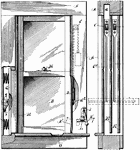
Casement Window
A window with a hinged sash that swings in or out like a door comprising either a side-hung, top-hung,…